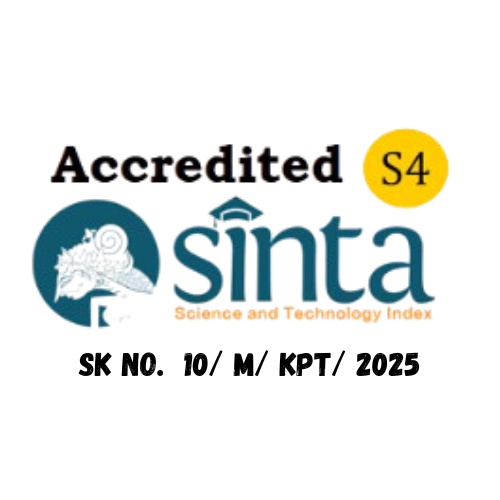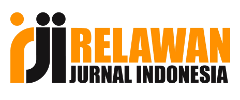Model and Simulation of Organic Waste Supply Chain Flow into Catfish Feed
Abstract
The most widely generated waste is organic waste, which is 60% compared to other types of waste. So far, NRC has been able to process organic waste to be used as animal feed products for catfish or pellets. The production capacity that can be carried out by the NRC company is 150 kg to 200 kg per day, but the organic waste obtained at this time has not been able to reach the required production capacity. Based on this, it is necessary to propose a better organic waste supply chain model for NRC companies. The purpose of this study will be to map the supply chain of organic waste into catfish feed. The supply chain model made is the current supply chain and the proposed supply chain. The final output of the study will compare current conditions and proposed supply chain models. The simulation results with arena software show the acquisition of organic waste as much as 352 kg. That means organic waste obtained by the NRC company from the 4 waste banks is 352 kg. Recommended supply chain recommendations have 4 waste bank suppliers, with each bank having a minimum of 3 waste producers.

This work is licensed under a Creative Commons Attribution-NonCommercial-ShareAlike 4.0 International License.












